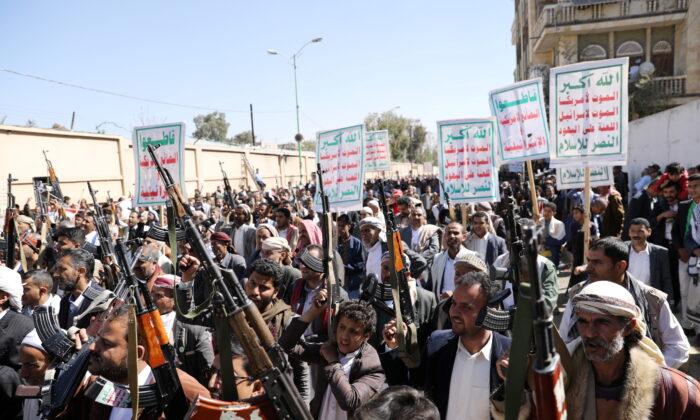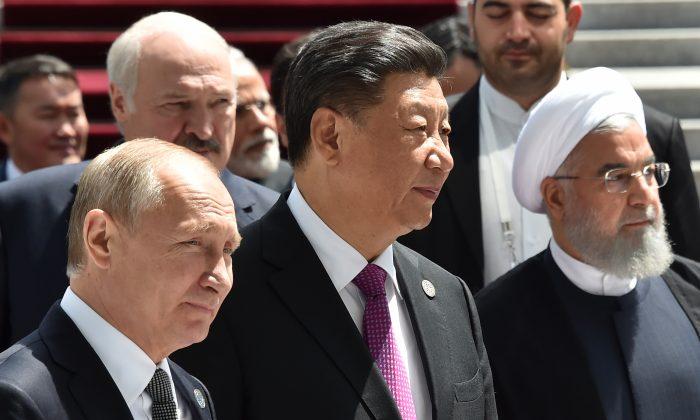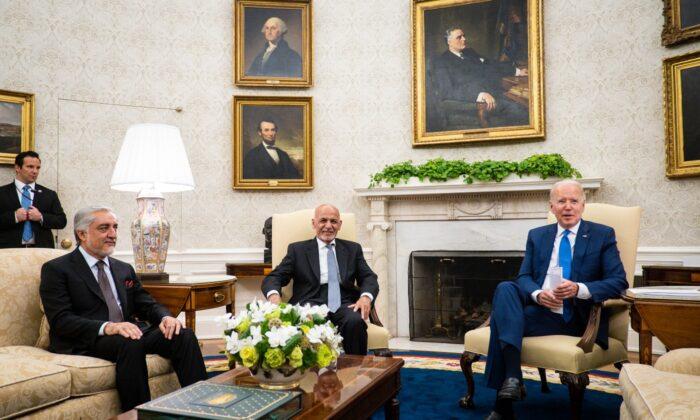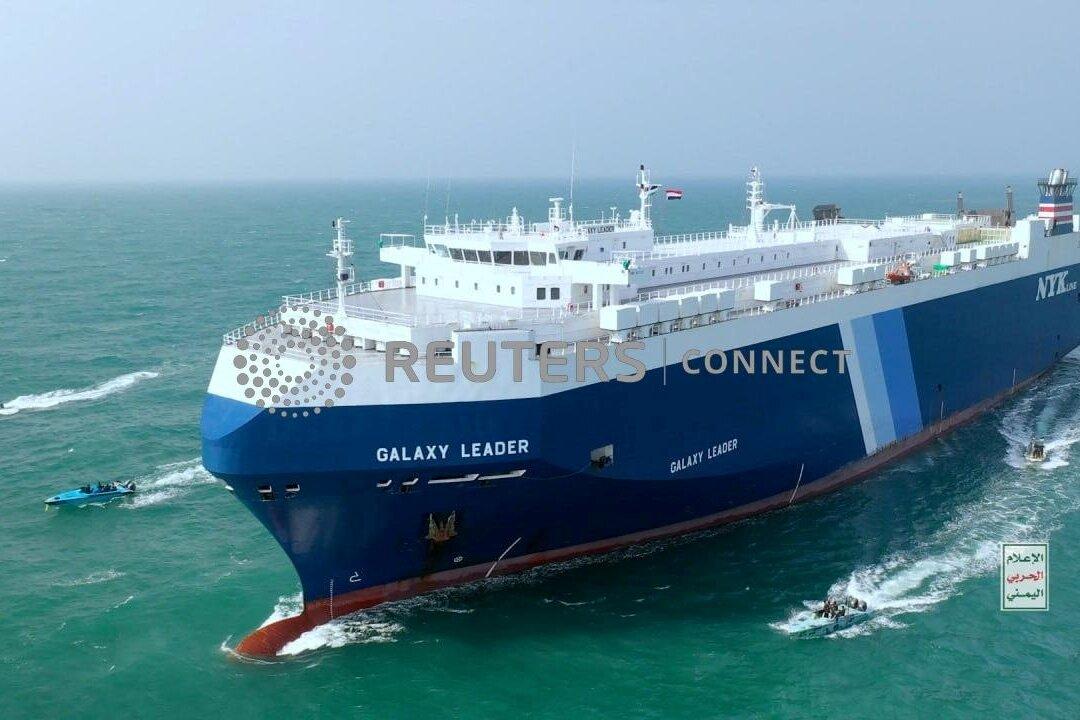Communist China has decided it must crush Hong Kong because it knows the city presents an information-streaming ethnic, geographic, political, and ideological alternative to the Chinese Communist Party’s (CCP) authoritarian police state.
The CCP police state promises China’s citizens prosperity’s material goodies—cellphones, electric cars—in exchange for silently accepting communist dictates no matter how harsh and malign. Hong Kong, however, is not a promise. It’s an existing democratic example of 21st-century Chinese prosperity.
Why add “information streaming”? Despite the best efforts of the CCP’s censors, cyberbullies, digital surveillance brigades, and police threats, what happens in Hong Kong doesn’t stay in Hong Kong. Information about Hong Kong’s political, economic, social, and cultural vitality manages to spread throughout mainland China.
The Chinese people also know Beijing lied about the COVID-19/Wuhan virus. The virus originated in China. Only former Obama administration media flacks argue otherwise. The CCP may have tried, but it failed to control human-to-human stories of mourning families. In February and March, the Chinese people knew why the demand for funeral urns had spiked in Hubei province.
The preceding four paragraphs sketch the domestic political threat the CCP confronts. Tiananmen Square proves the CCP sees this threat as a war.
The CCP can’t answer this question: How long can the prosperous tyranny continue to survive trading smartphones and quality American pork for political subservience by the roughly 400 million people in China’s quasi-middle class? Don’t get hung up on an exact figure. It’s huge. But so are the 200 million to 300 million in the murky stratum of workers who left home in central and western China to work in coastal China’s factories. Many lack basic legal protections.
The Wuhan virus created a global economic malaise. Ignore the election-year doom-mongering. The American economic giant staggered, but May’s employment numbers indicate the world’s wealth-creating engine has regained its balance.
Not so with China. In 2019, the CCP accepted President Donald Trump’s administration’s demands for trade adjustments and planned for economic retrenchments. However, the Wuhan virus accelerated economic “decoupling” with the U.S. and the rest of North America.
Recent economic news suggests China is teetering. A China-EU investment and trade deal has snagged. Bloomberg reported defaults “in all sectors” of China’s offshore bond market have exceeded $4 billion, double that during the same period of 2019. First-quarter 2020 percentage profits, capital expenditures and retail sales may be the lowest since the 1990s.
Big Picture: The goodie-producing economic engine that braces the CCP’s domestic political strategy needs international markets. China’s domestic economy can’t sustain it.
CCP international aggression magnifies the vulnerabilities. Recent vile aggression abounds. But call my choices cherry-picking and I’ll call you a bribed media propagandist.
Instructive examples:
Imposing CCP tyranny on Hong Kong violates a treaty with G-7 power Great Britain. Goodbye, One China, Two Systems. Destroying the city’s legal system damages its economic connectivity.
Border war with India: In the long run, it’s worse than Hong Kong. Asia’s two nuclear-armed giants contest Himalayan routes that make it easier for China to invade India. The unresolved 1962 Sino-Indian War revives.
Taiwan nationalists respond to CCP invasion threats with demands for independence. Activists want Hong Kong residents to resettle in Taiwan.
The CCP’s espionage and bribery wars suffer reverses. The Trump administration recently designated the Global Times, China Central Television, China News Service, and the People’s Daily as foreign missions subject to the Foreign Missions Act. The U.S. National Institutes of Health enforcement of rules requiring its grantees to report foreign ties has revealed deep CCP penetration of American research facilities.
Military pushback in the Pacific and Indian Oceans: Here are two examples. On June 18, Japanese warships caught an intruding Chinese submarine in Japanese waters and forced it to retreat. India’s navy is expanding its sub force. New Delhi tells Beijing, “your maritime economic supply lines can be cut.” (See example 2.)





